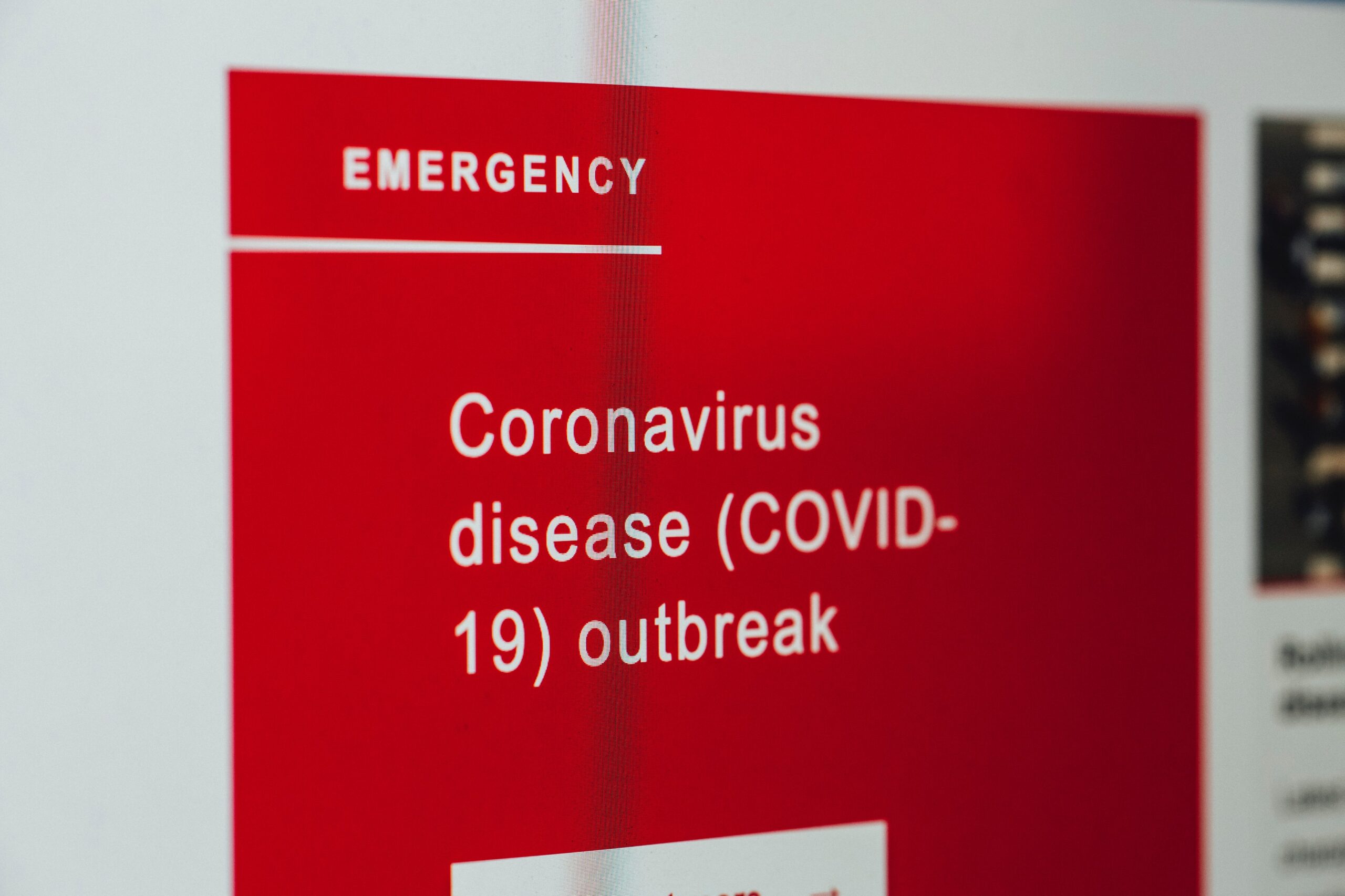Brief Overview of the Paycheck Protection Program
 Below is a brief overview of the Paycheck Protection Program to answer some of your most immediate concerns.
Below is a brief overview of the Paycheck Protection Program to answer some of your most immediate concerns.
Who is eligible?
- A small business with fewer than 500 employees (the 500-employee threshold includes full-time, part-time, and independent contractors);
- A 501(c)(3) with fewer than 500 employees;
- An individual who operates as a sole proprietor;
- An individual who operates as an independent contractor;
- An individual who is self-employed who regularly carries on any trade or business.
What will lenders require?
- The business must have been operating before February 15, 2020, and had salaried employees and payroll taxes or paid independent contractors.
- If you are an independent contractor, sole proprietor, or self-employed individual, lenders will also be looking for certain documents such as payroll tax filings, Forms 1099-MISC, and income and expenses from the sole proprietorship.
- Must show that the current economic conditions make the loan request necessary to support ongoing operations. • Must use the loan proceeds to retain workers and maintain payroll or to make mortgage, lease, and utility payments.
- From February 15, 2020, to December 31, 2020, the business must not have received a loan duplicative of the purpose and amounts applied for here.
Lenders will not require the following:
- A showing that the business sought and was unable to obtain credit elsewhere;
- A personal guarantee;
- Collateral;
- SBA fees (may still have to pay lender processing fee);
- Prepayment fees.
How much can I borrow?
- Loan amounts are 2.5 times the average monthly payroll costs by the applicant during the one-year period before the date the loan is made– up to $10 million. For business not in operation in 2019, the maximum loan amount is 2.5 times the average total monthly payroll costs incurred for January and February 2020.
- To help determine payroll costs, and loan amounts, Nav has released a free Cares Act calculator.
- The formula is (Sum of Included Payroll Costs) – (Sum of Excluded Payroll Costs)
- Payroll costs include employee salary, wages, and commissions; payment of cash tips; payment of vacation; parental, family, medical or sick-leave; an allowance for dismissal or separation; payment required for group health benefits (including insurance premiums); payment of retirement benefits; or payment of state or local tax assessed on employee compensation; and sole proprietor income or independent contractor compensation not in excess of $100,000.
- Payroll costs exclude compensation of an individual person in excess of $100,000; federal employment taxes imposed or withheld taxes; compensation to an employee whose principal residence is outside of the U.S.; qualified sick leave for which a credit is allowed under Section 7001 of the Families First Coronavirus Response Act; and qualified family leave wages for which a credit is allowed under Section 7001 of the Families First Coronavirus Response Act.
What are the repayment terms?
- The loan has 4% annual percentage rate;
- No payments or interest for 6-12 months;
- After 6-12 months, the loan will convert to 10-year terms;
- 100% government guaranteed – with no collateral or security required.
What loan forgiveness terms apply?
- Loan forgiveness is equal to the amount that the business spent on the following items during an 8-week period beginning on the origination of the loan:
- Payroll costs (using the same definition of payroll costs used to determine loan eligibility);
- Interest on the mortgage obligation incurred in the ordinary course of business;
- Rent on a leasing agreement;
- Payments on utilities (electricity, gas, water, transportation, telephone, or internet);
- For companies with tipped employees, additional wages paid to those employees.
How do I apply?
- Start getting ready now. As of today banks are not yet set up to receive applications, but they likely will be in the next few days. REMEMBER: PPP is first come, first served and estimates suggest that 4 million entities are eligible.
- Contact your bank to find out if they are an approved SBA lender. If not, this state by state list will help you find one in your area. No need to shop around; the program will be the same at every bank.
- Calculate your average total monthly Payroll Costs.
- If you are a nonprofit, check in with your board now to secure their approval if it’s required to apply for such a loan.
- Stay in touch with your bank about when the application window will open and make a plan for completing and submitting your information quickly.
- Continue any efforts you have in place to manage and conserve cash. Early indications are that it could take weeks or months to receive funds after loans are approved
 Below is a brief overview of the Paycheck Protection Program to answer some of your most immediate concerns.
Below is a brief overview of the Paycheck Protection Program to answer some of your most immediate concerns.